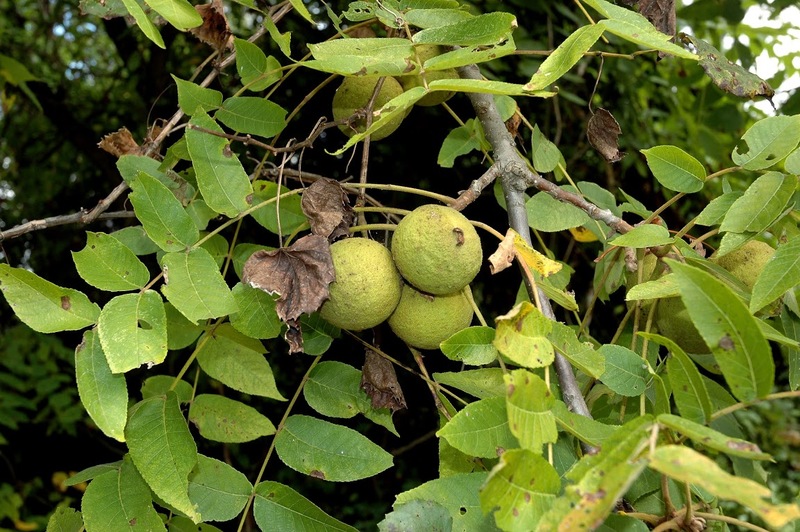Description
Douglas Fir (Pseudotsuga menziesii) is a coniferous tree that is native to western North America, from central British Columbia south to central California. It grows to be quite tall, reaching heights of up to 200 feet, with a straight, thick trunk and a dense, pyramidal crown. The bark of the Douglas Fir is thin, smooth, and gray, becoming thicker and more furrowed as the tree matures. The leaves are needle-like and dark green in color, and they are arranged in two rows along the branches. The tree produces small, cone-like fruits that are about 1 to 2 inches in length.
Douglas Fir is a fast-growing tree, with a rapid growth rate of up to 3 feet per year. It prefers to grow in well-drained, acidic soils in full sun, but it is also tolerant of a wide range of soil conditions and climates. In order to cultivate Douglas Fir successfully, it is important to provide the tree with plenty of space to grow, as well as regular watering during the first few years of growth. Douglas Fir is winter hardy and can withstand cold temperatures down to -20 degrees Fahrenheit.
Douglas Fir is not edible for humans, but the tree provides valuable habitat and food for a variety of wildlife, including birds and small mammals. The tree’s leaves, twigs, and seeds are all eaten by animals, and the tree provides cover and nesting sites for many species. Douglas Fir is also popular as a Christmas tree, and its wood is widely used in construction and for the production of paper products.

